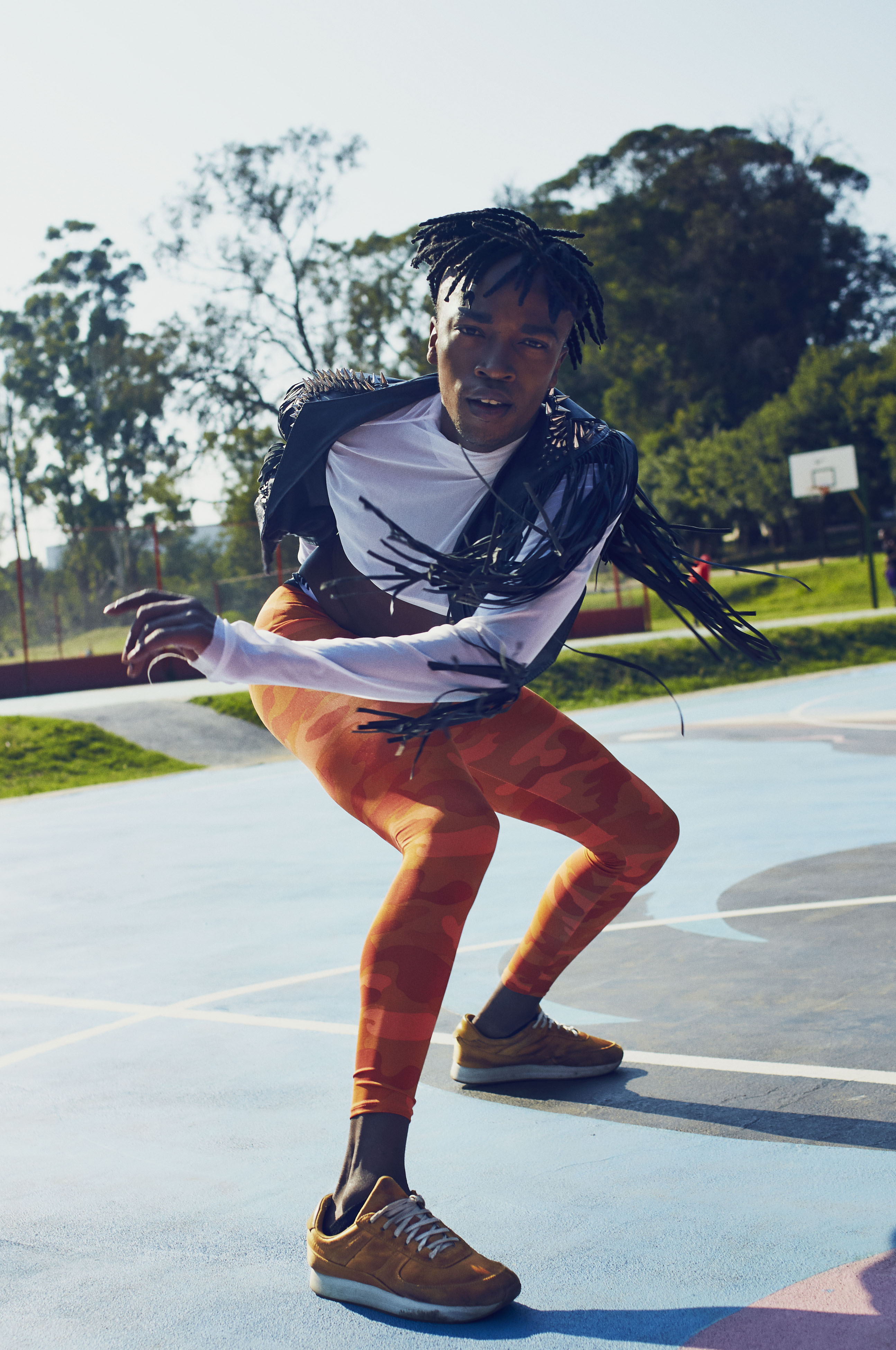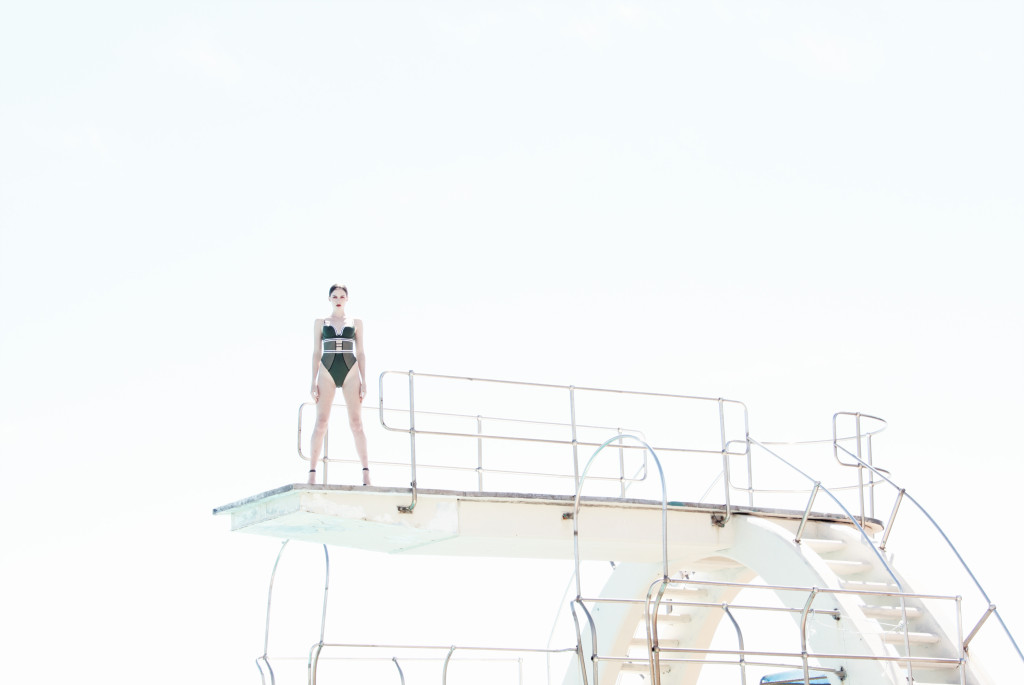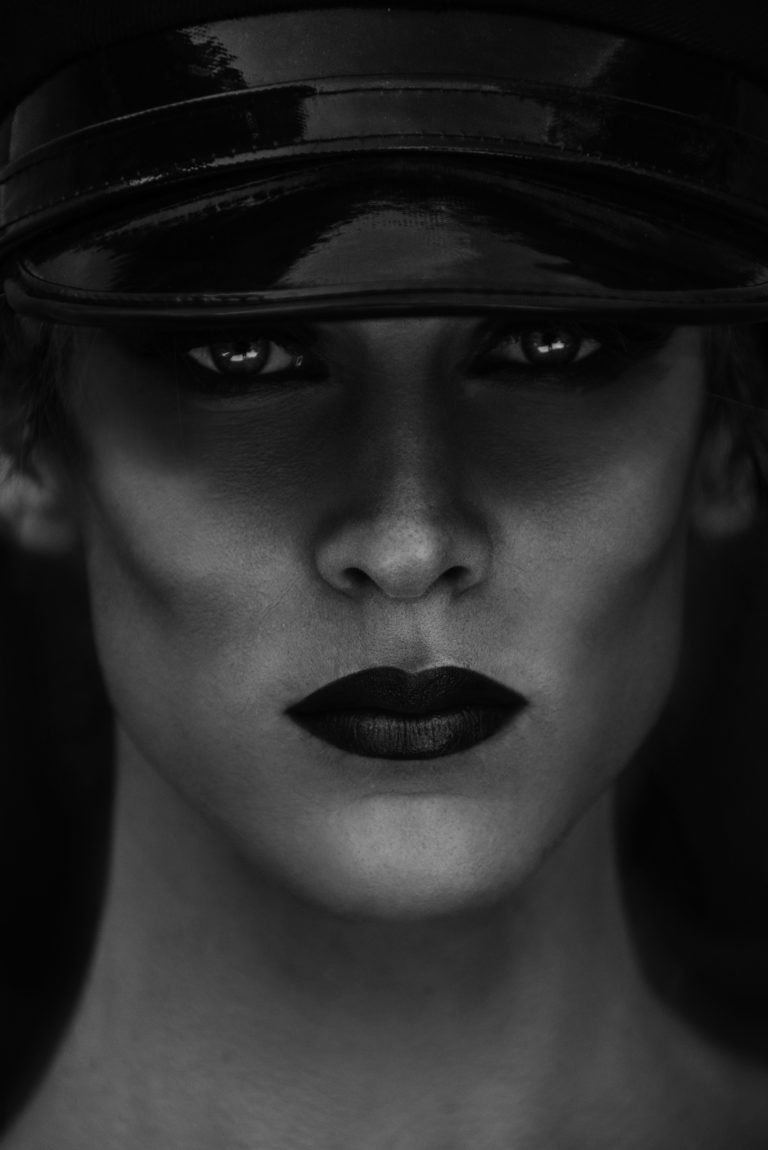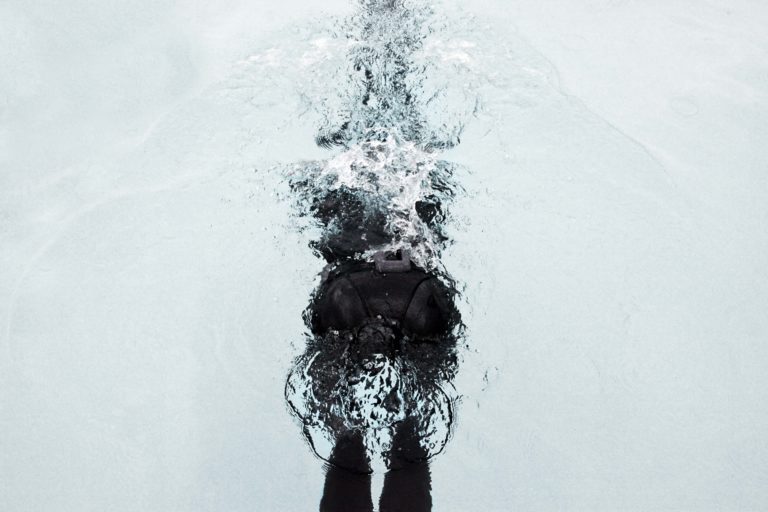The ongoing project Eh!woza sees collaboration and skill sharing between scientists, artists and learners create awareness through filmmaking. The programme has a positive effect on the learners involved in that they are able to be introduced to the world of creating documentaries, while also being given the chance to tell the stories of their communities through their own eyes. I interviewed Phd student Bianca Masuku (Molecular Mycobacteriology Research Unit, IDM, UCT) who is involved with the programme.
Where did the idea for Eh!woza come from?
Eh!woza was never really intended to be an ongoing project. The idea developed after a conversation at a bar between an artist and biomedical scientists. It started with the production of a short documentary after the scientists held a health workshop with learners from IkamvaYouth and the film described young people’s thoughts and attitudes towards TB, while unknowingly establishing the pilot for the project as it developed. The overall idea behind the project as it started to grow was to find creative ways for communities of scientists to use the biomedical knowledge of infectious diseases and to translate their work to communities of people radically affected by, and having relatively limited access to information about the disease. The scientists, who spend most of their time isolated in the lab, get an opportunity to understand the disease outside of their environment and TB affected communities are invited to understand the disease within the lab. And visual media and art mediate this intersection and create a platform to co-produce knowledge. An important part of this is that instead of artists and film-makers making films, the films are produced by learners themselves, meaning that learners decide on what to represent and how it is represented.
Why do you think that a creative medium, such as filmmaking, will have a larger positive impact with regards to creating awareness and allowing people to share their stories when compared to other channels/mediums?
The use of filmmaking creates an opportunity to translate and communicate with a broad audience of people about a very complex issue. The visual medium creates new forms of social intervention. It’s a compelling and capturing and familiar medium for larger and more diverse populations and age groups to consume, has an educative and activist power to it, and can function as a tool for awareness.
The films produced by the learners document the historical development of social perceptions; highlight stigmatizing and prejudicial images; and make a way of influencing and engaging with public perceptions of infectious diseases. Visual media and methods such as filmmaking are platforms that make the struggles and experiences of other people knowable and visible, challenge conceptions and construct perspectives, and became points of engagement, showing the faces and sharing the stories of everyday people that exist within specific communities.
How did the idea for a collaboration between artists, learners and scientists come about?
The idea emerged after scientists held a health workshop and two artists produced a pilot film consisting of interviews with young people from the township of Khayelitsha. The young people spoke about how they believed in and wanted to initiate some kind of change within their communities, through the addressing the problem of TB and saying that it is a disease that is taken for granted amongst their peers and amongst adults within their communities. This inspired a collaboration, a coming-together of the tools, skills and knowledge that all members of the collaboration could bring to the table to address a problem/disease that significantly shaped their social or academic lives, through a medium that would be accessible to a very diverse population of people outside of the project.
Please share more about IkamvaYouth and why you chose to select learners from this NGO?
The collaboration happened very informally. One of the scientists that was working around TB knew the founder of IkamvaYouth and suggested it would be a good organisation to team up with. Ikamva is an educational NGO that operates in 14 townships in 4 provinces in the country. The NGO works with learners from disadvantaged communities and through their tutoring programme, provides the knowledge, skills, networks, and resources for learners to pursue tertiary education or seek employment and aims to “increase the collective skill level of the population, to grow the national knowledge base, and to replicate success in more communities”.
Learners that participate in the tutoring program are selected not through academic merit, but through their motivation and determination to improve themselves and their communities through education. It is this motivation to change and improve that Eh!woza also works to develop and encourage. So the aims of Ikamva fit with ours and rather we sort of fell into it, we’ve been really happy to continue working with the organisation. IkamvaYouth therefore offers access to a broader and more diverse population of young people who already have the motivation and determination to create some kind of change in their communities through knowledge.
https://vimeo.com/259666665
What are you hoping will be the impact of this collaboration for the learners involved as well as for the people who come across the films?
The learners who participate in the project always highlight how the most rewarding aspect of the project is the fact that they feel empowered by the knowledge and skills that they gain through participation. The films produced become a reflection of that; a product that shows who they are and what they can do as young people in their communities, and the realities of their social worlds.
The audience who come across these films are given access to the realities of people most affected by the disease and an opportunity to engage with the social, historical and economic dimensions of infectious disease through these local stories and what they reveal about the disease in a local context. The films are also starting to expose contextual issues such as poverty, sexual violence, violence affecting LGTBQI+ communities.
The programme also aims to instill a sense of agency in the learners involved. Please unpack the importance of this?
What we hope is through participating in the project, a sense of urgency and the ability to affect change will be developed and nurtured. We hope that learners finish the project with a feeling of being able to change things in whatever way seems needed and suitable. To want to make a difference about issues that they care about in ways that they want. We hope that the learners gain technical skills and knowledge around film production as well as biomedical research, but also softer skills and self-assurance.
Who is the intended audience for these films?
It’s a question we often get asked to be honest I guess the answer is everyone. The films are meant to create an active awareness for the learners’ peers on the impact of TB in their communities, educate, demystify, and destigmatize the disease for adult members of the communities from the perspectives of the learners, so really the learners and their peers and adult connections. But they are also there to reflect the realities of TB and TB affected communities to the greater population locally. Eh!woza also has a fairly active social media presence which attempts to reach a wider audience in other provinces and we are in the process of developing a schools program within the Cape Town area, and expand from there.
Please unpack the importance of interdisciplinary learning and collaboration, as evident in this work? How can this assist with awareness and understanding for issues such as HIV, TB, violence against LGBTQI+ people, sexual violence, poverty, etc?
The different skill sets and training that the team members – art, science, anthropology – bring different perspectives to these issues. There’s often a tension in the different ways that these disciplines think and I think it’s in grappling with that tension and finding ways to bring them together, that new and different ideas come to the fore. The importance of the collaborative nature of the project also really bears fruit in providing a space for the learners involved in the project to investigate and understand, and then create awareness around these issues in ways which learners want, rather in than prescribing issues and specific tools or ways in which to investigate them. The learners have very quickly caught on to the fluidity of the project and ideas and understand that disease is a starting point from where to interrogate associated issues surround disease and have the freedom therefore to explore any associated difficulties affecting communities, and not just a primary focus on the disease itself.
What were the responses to the films?
The films have received extremely positive feedback from communities of learners that view each year’s outcomes at screenings that continuously inspire on-going recruitment from Ikamva. People outside of this learner population are often amazed at the level of work that the learners are able to produce, the content that they create, the inspiring stories that they share, and the artistry throughout the work. Some learners recently presented their films at a symposium at Wits and the audience was really wowed by the films and content, but also a bit stunned at the level of engagement of the films and presentations the high school learners.
How has the programme evolved since its inception?
It started off really small and was meant to be a once off documentary about TB. It has grown a bit into something that runs every year and throughout the year, and while still very focused on TB and health, social concerns like violence and poverty are starting to show up more in the films produced. The learners lead the project and constantly shift it in many different directions through the stories that they have revealed through participation and different aspects of their social worlds. This has inspired opportunities for further collaboration with other organizations and communities of people that were initially outside the scope of the project. One group of learners documented the struggles of ex-mine workers, while two other groups created a film that addressed the experiences and challenges of young teenage lesbians within their neighborhood, and another the realities of sexual abuse through the story of a neighbour. We also have a collaboration with MSF (Doctors Without Borders) and local musicians in Khayelitsha. This is just starting up.
And as for me personally, I am an anthropology PhD student studying the intersection of science, art, media, and youth education within the Eh!woza project and how knowledge (about an infectious disease) is configured and produced within it. This also adds a significant social science dimension to the Eh!woza’s work and is creating academic outputs for the project. In a country where the majority of TB sufferers are black, poor, and vulnerable to ill-health and those wearing lab coats are white, well-off and healthy, a project such as Eh!woza makes it clear that illness is not merely accidental – social context, environment and circumstances shape the bodies we have; and the bodies we have shape our experiences of and in the world.



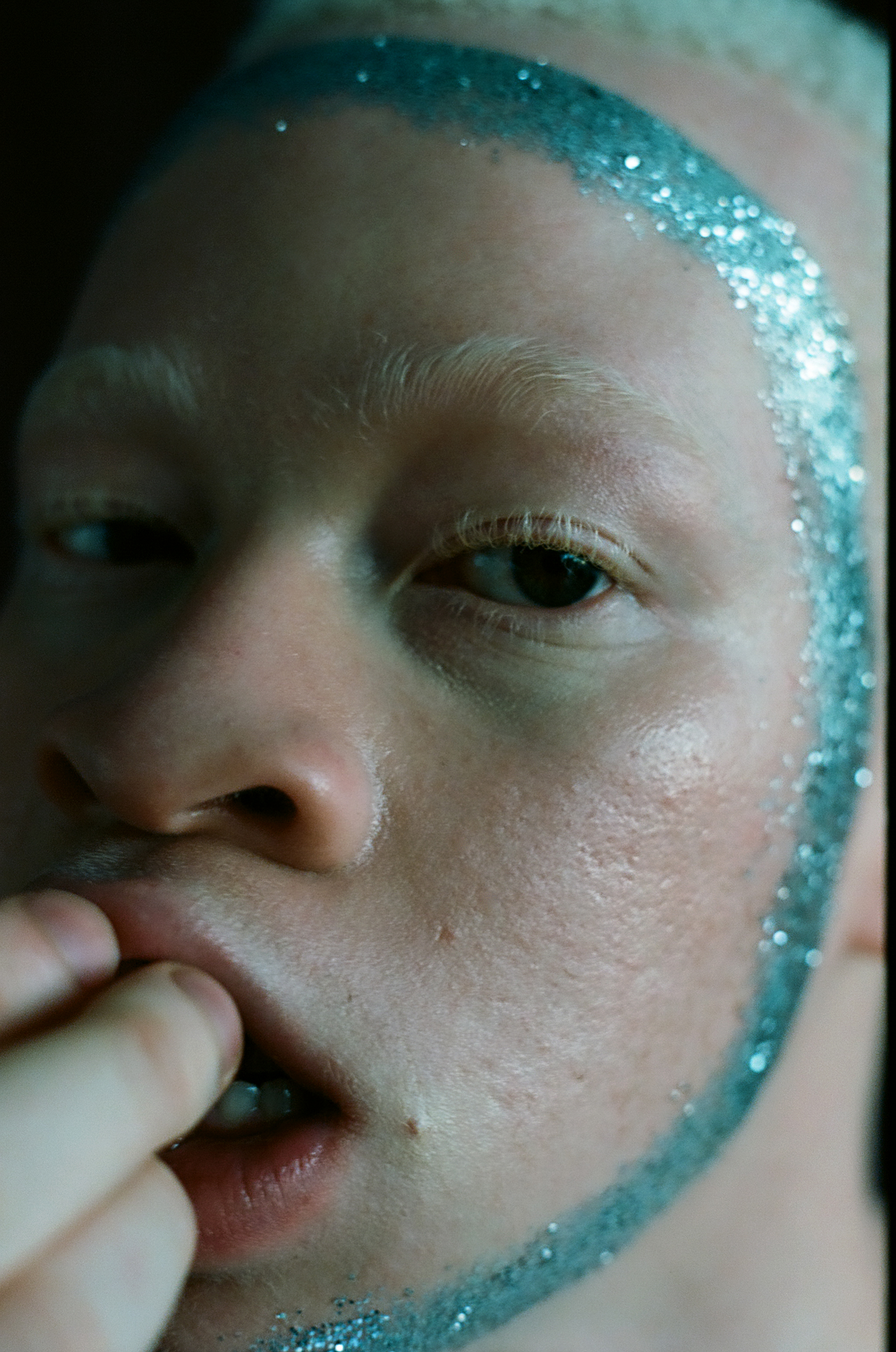



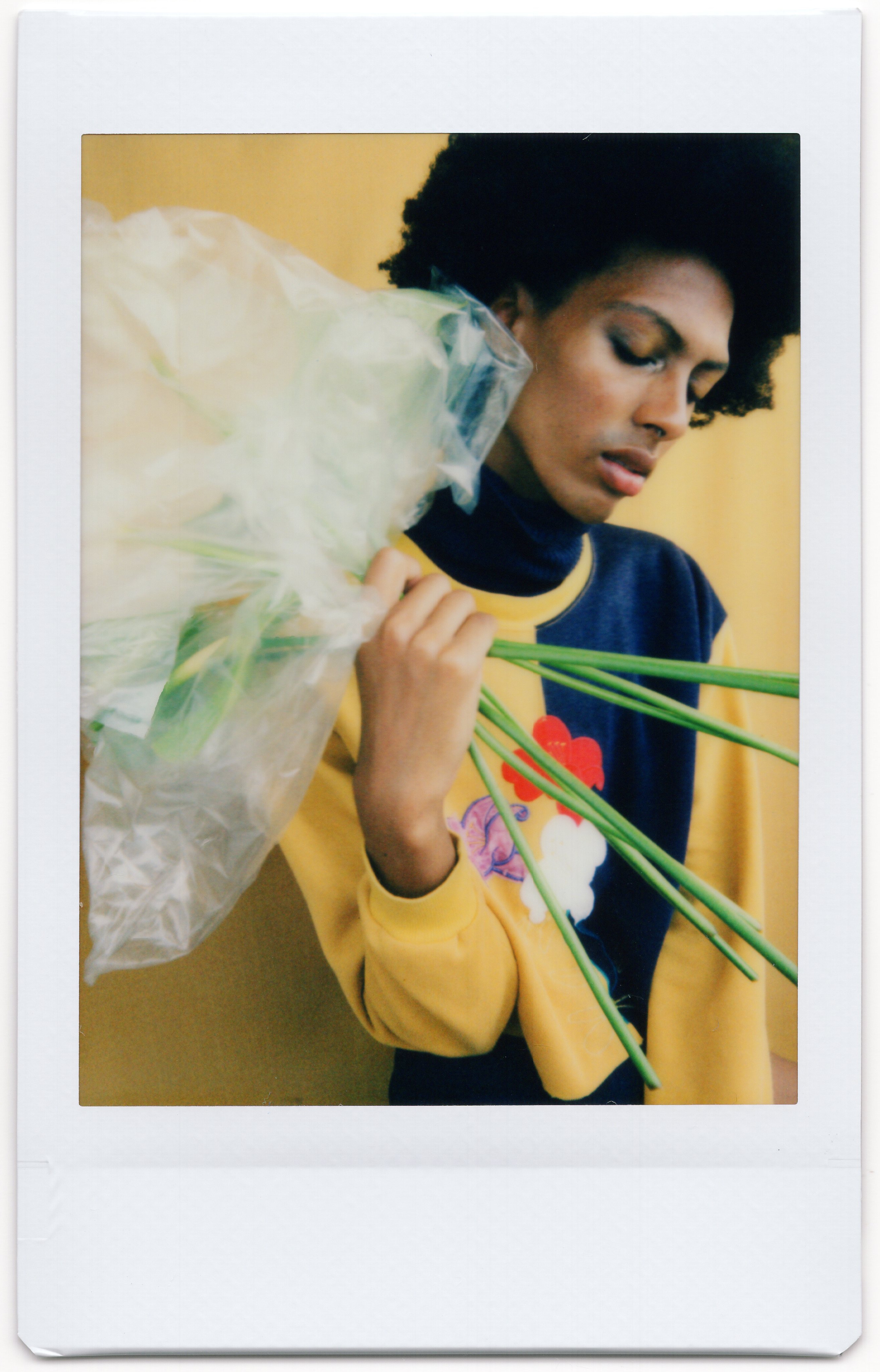












 explains.
explains.






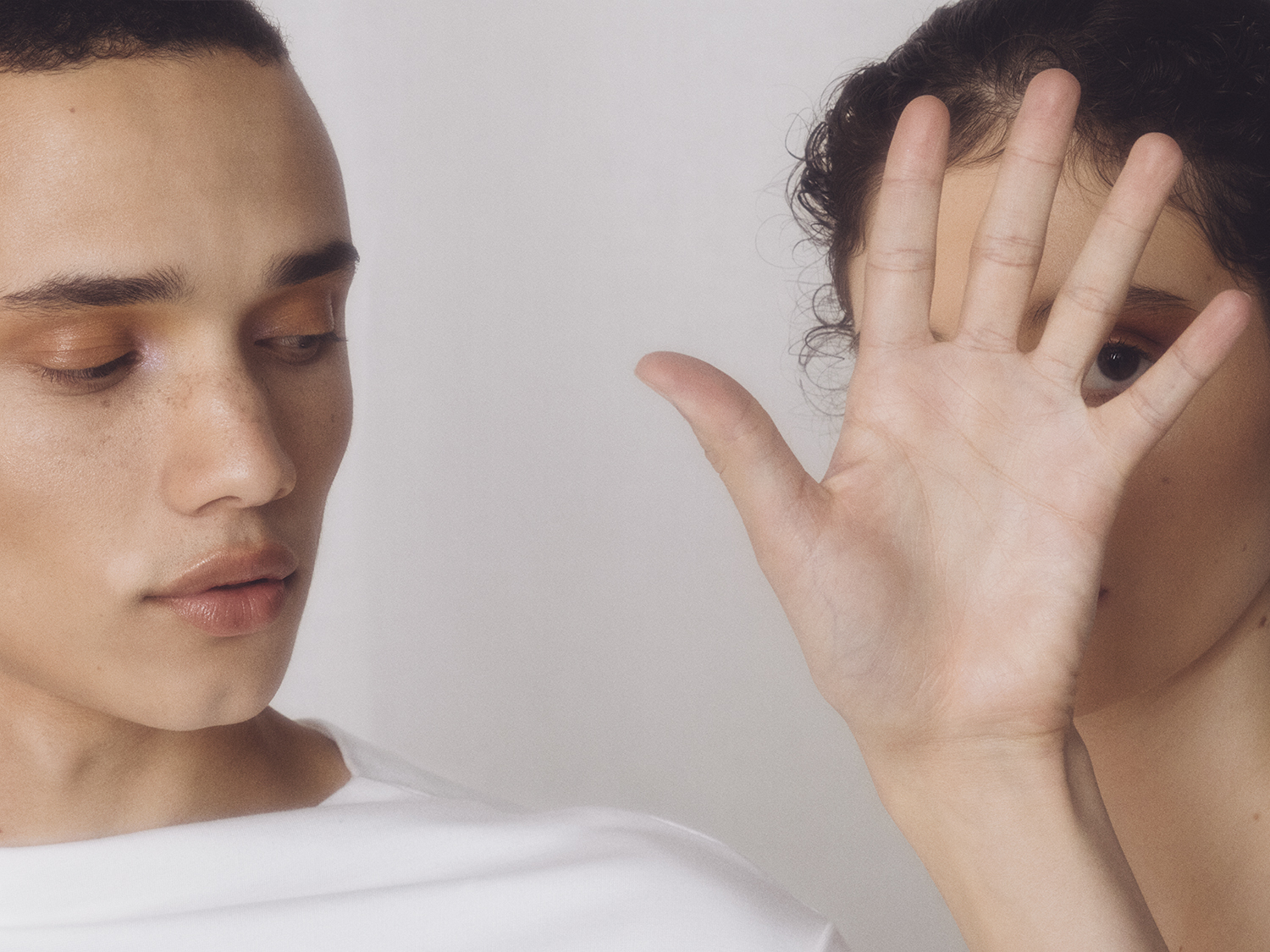

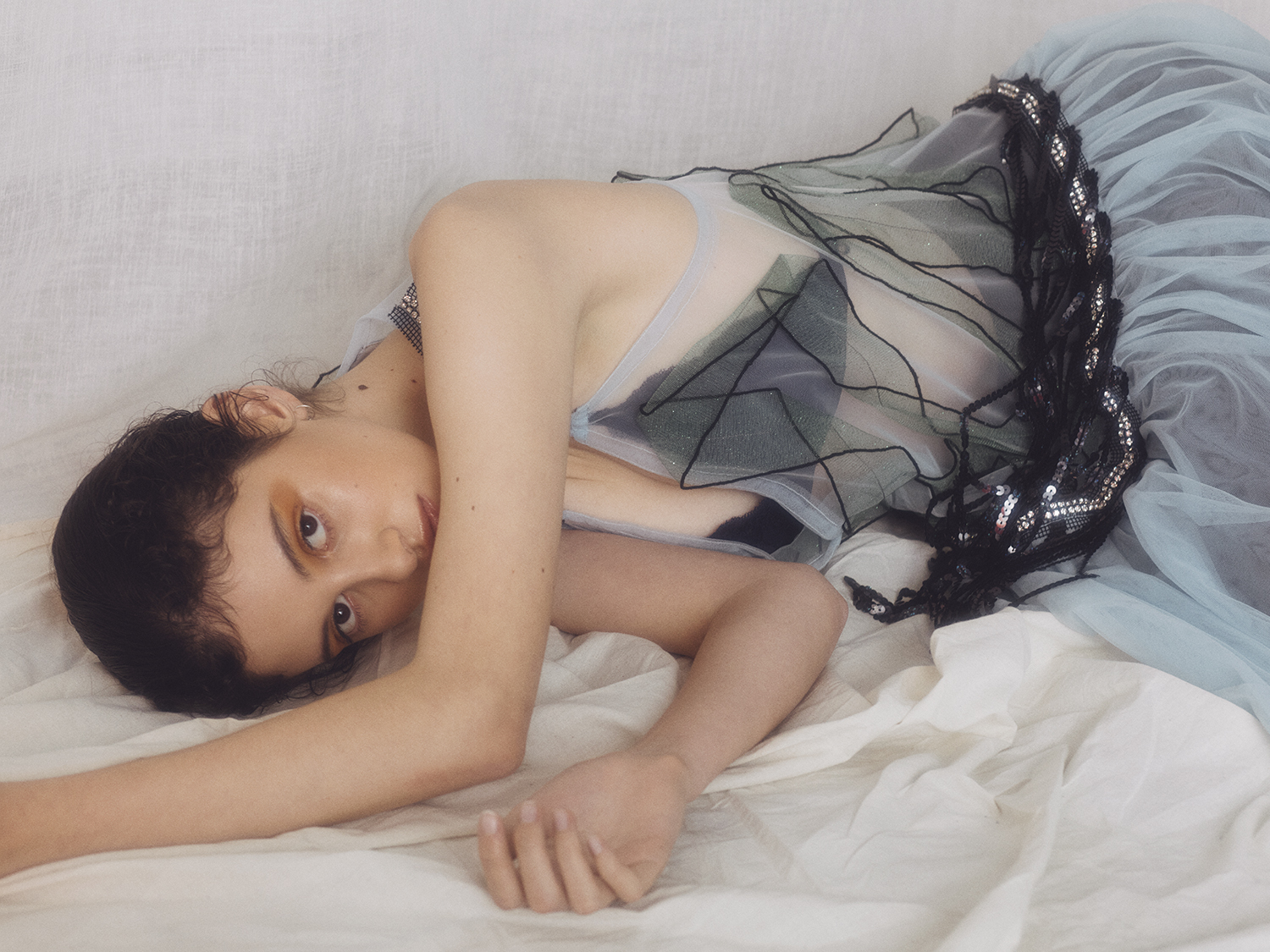












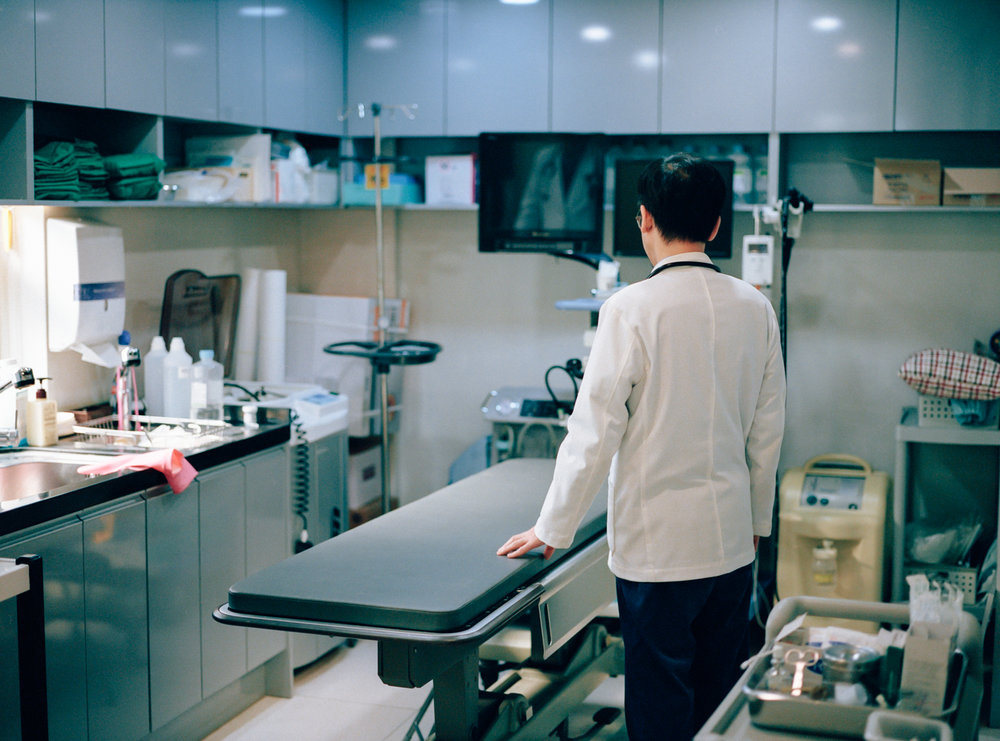





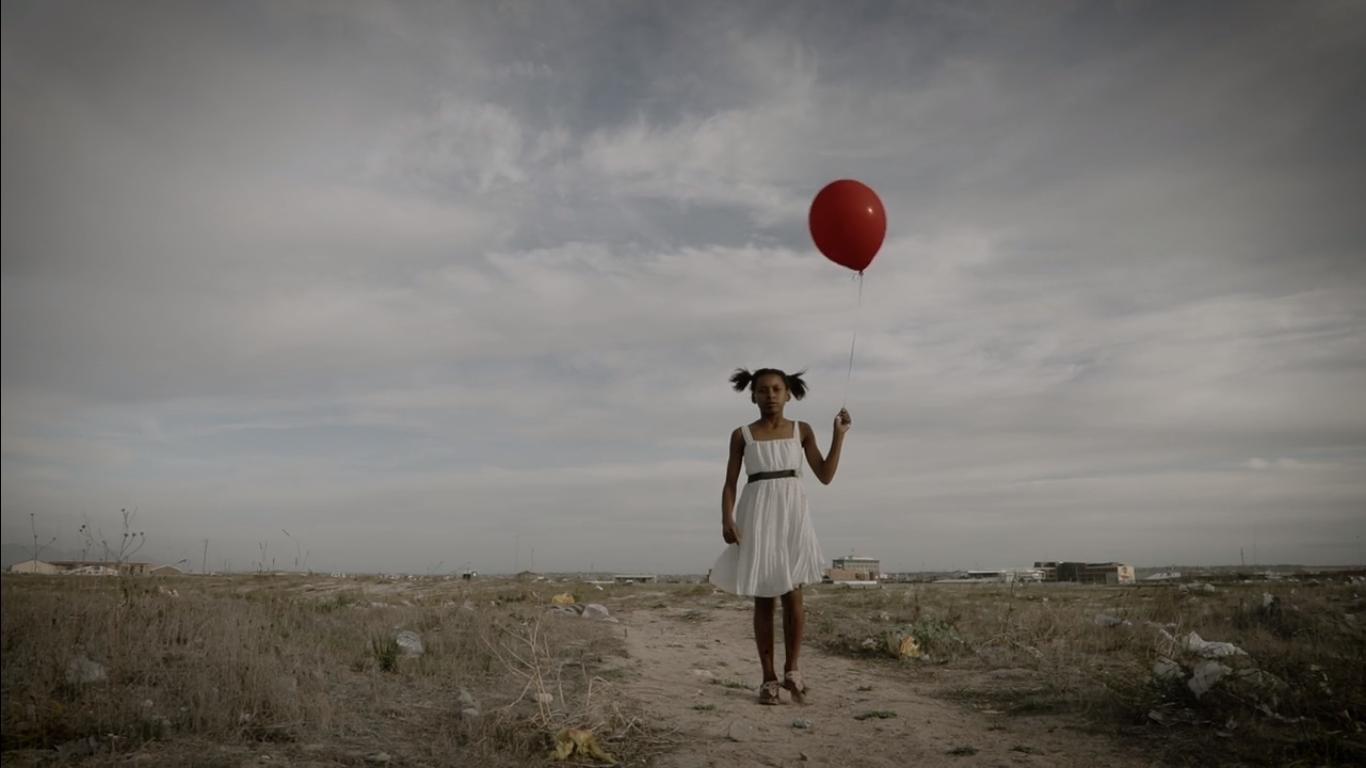





 As a dancer and choreographer working for
As a dancer and choreographer working for 


